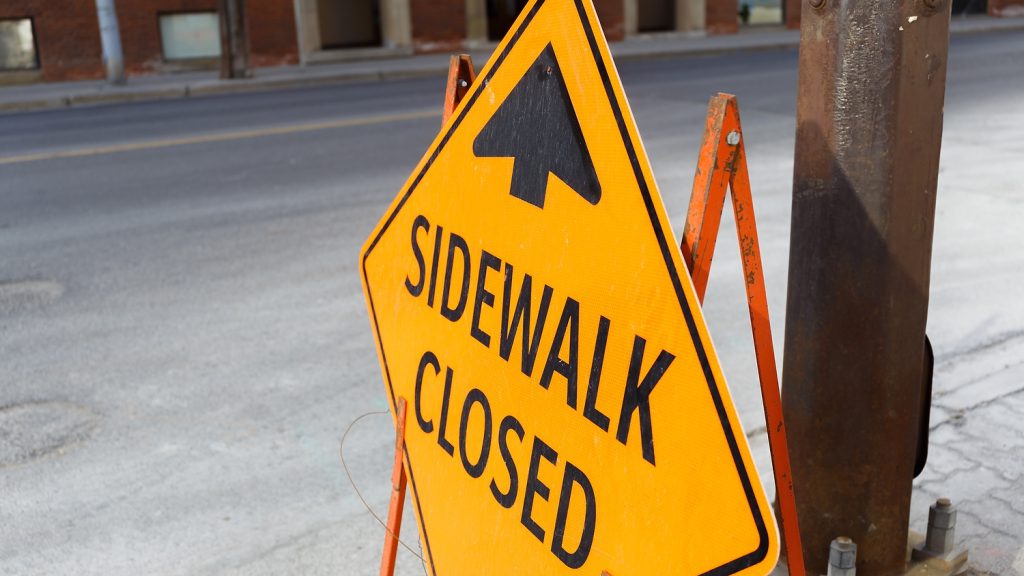Wildfires see Alberta logging zones go up in smoke
Posted May 18, 2016 7:42 am.
This article is more than 5 years old.
Wildfires menacing Fort McMurray for the past two weeks have carved a new path of destruction, levelling an oilsands work camp to the north of the city.
Two others were still under threat as of Tuesday night.
The fire continues to grow, spreading to more than 355,000 hectares, and it’s not just oil and gas operations which are being effected. The forestry industry is being hit too; since there are several logging and mill operations in the areas which have seen loses from the wildfire.
Vic Lieffers, Chair of the Department of Renewable Resources at the University of Alberta, says if the fires are burning mature timber, a lot of that can still be harvested.
“But if it’s immature timber, if it’s half grown, it’s particularly problematic because it’s the future timber and it’s completely unsalvageable for producing wood products,” he explains.
It can take 60 to 120 years to grow a White Spruce tree, so large fires like this will have a long term effect on the industry.
Lieffers adds another issue is wood which was already cut during the winter. Much of it is left in forests and may have burned up by now.
He explains there are all kinds of prevention plans. The most common is planting less-flammable trees around landscape such as Aspen, but that only works to a point.
If a logging forest is destroyed, he says there are only two options: Try and increase productivity at other stands or buy wood from elsewhere. Both are expensive options, but if you don’t, Lieffers says mills may need to downsize.










